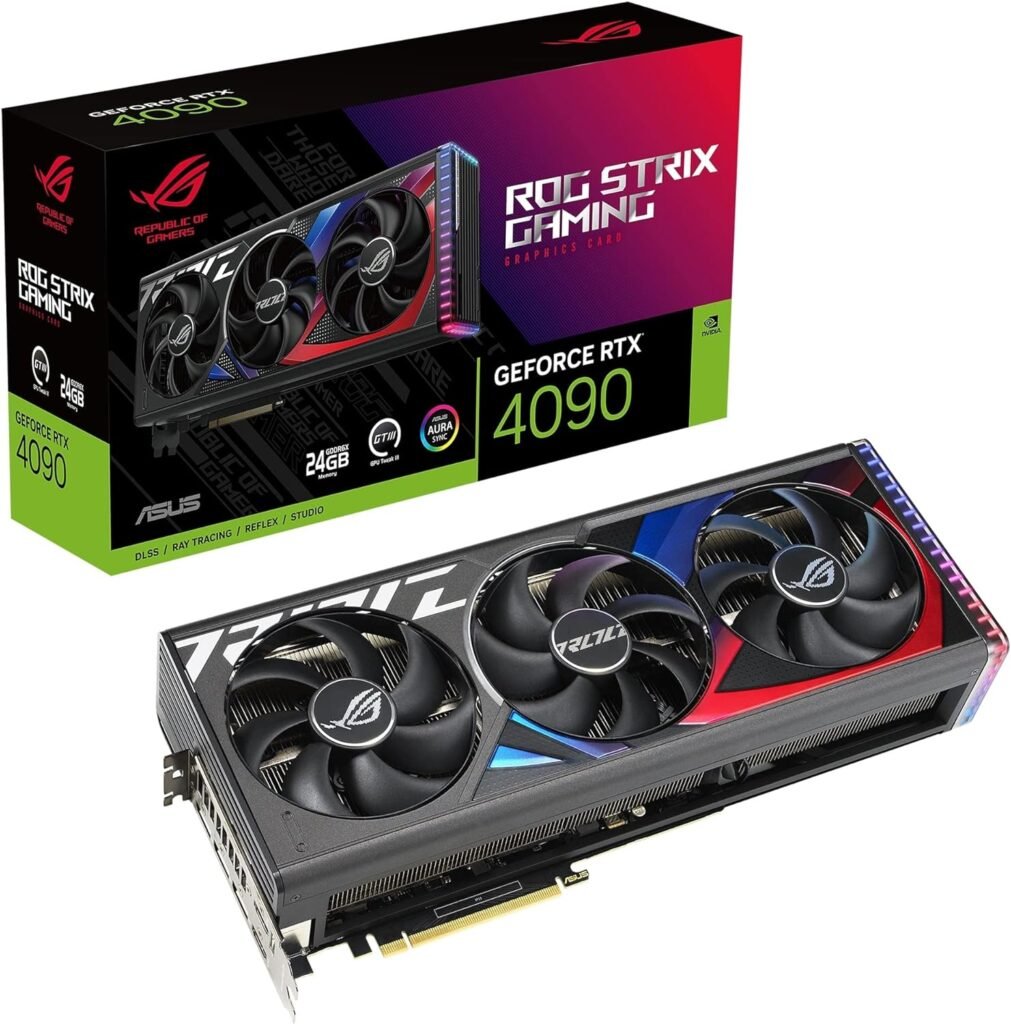Understanding Your Needs for an AI Workspace
As you embark on the journey of setting up your home AI workspace, the first step is thoroughly understanding your personal and professional needs. In this digital age, AI technology serves diverse applications, from machine learning and data analysis to content generation and various automation tasks. Each of these applications requires different tools and resources, making it essential to identify your specific goals before diving into setup.

Start by reflecting on the tasks you aim to accomplish within your AI workspace. For instance, if your focus is on machine learning, you’ll likely need a robust computer with a powerful graphics card to handle intensive computations. Conversely, if your primary tasks involve data analysis, investing in software that can efficiently process data sets, such as Python libraries or data visualization tools, may be crucial for your productivity.
Assessing your needs will also help you decide on the software you intend to use. Popular choices for AI applications include TensorFlow, PyTorch, and various data analysis frameworks. Moreover, consider these applications’ compatibility with your existing hardware to ensure seamless integration. Think about your storage requirements, as working with large datasets can necessitate substantial memory and disk space, guiding your hardware purchase decisions.
Choosing the Right Hardware for Your AI Workspace
Establishing an efficient AI workspace begins with selecting the appropriate hardware components, which are crucial to optimize performance for various AI tasks. At the core of your setup is the central processing unit (CPU). For most AI applications, a multi-core CPU will significantly enhance computational performance. Processors from the AMD Ryzen or Intel Core series are commonly recommended, with the latter offering a slight edge in single-threaded tasks.


Equally important is the graphics processing unit (GPU). Many AI workloads leverage the parallel processing capabilities of GPUs for tasks such as training machine learning models. NVIDIA’s RTX series is a popular choice among professionals, particularly the models equipped with Tensor Cores, which enable accelerated deep learning performance.
Quick Recommendation: For high-performance hardware, check out the latest NVIDIA GPUs, which are essential for tasks such as training machine learning models. (amazon)
For entry-level AI tasks, a mid-range GPU may suffice, while more intensive applications will benefit from high-end models with increased VRAM. Memory (RAM) is another pivotal factor; it facilitates the simultaneous processing of data and models. A minimum of 16 GB is advisable for basic AI tasks, although 32 GB or more is recommended for more demanding applications, such as large-scale data analysis or deep learning.
Storage options should also be carefully considered. Solid-state drives (SSDs) provide faster read and write speeds compared to traditional hard drives, significantly improving data access times and overall system responsiveness. Opting for NVMe SSDs will yield even better performance.
Finally, peripherals play an instrumental role in enhancing workflow. High-resolution monitors, ergonomic keyboards, and responsive mice can facilitate extended working hours while ensuring comfort and precision. Investing in quality hardware tailored to your specific AI tasks is essential for maximizing productivity and effectiveness in your AI workspace.
Quick Recommendation: For a high-quality ergonomic setup, explore Amazon's ergonomic desk chairs and accessories for added comfort during your AI work.
Setting Up Software and Tools for AI Development
In the realm of AI development, selecting the right software and tools is paramount for ensuring efficiency and productivity. The landscape is rich with frameworks and platforms tailored specifically for various AI applications. Among the most popular are TensorFlow and PyTorch, both of which offer robust features for building and training machine learning models.
To begin, installing these frameworks typically involves using package managers such as pip or conda. For example, to install TensorFlow via pip, you can run the command pip install tensorflow. For PyTorch, the installation can be customized based on your system’s specifications and the CUDA version, accessible through the official PyTorch website.
Jupyter notebooks serve as an excellent tool for interactive development and can be installed with pip install notebook. They allow for real-time code execution, visualization, and debugging, making them a favorite among data scientists.
Managing dependencies is crucial when working on AI projects, as incompatibilities can lead to significant setbacks. Utilizing virtual environments, created with tools like venv or conda, enables developers to isolate their projects and maintain specific package versions required for different applications. This approach ensures that projects remain organized and free from conflicts.
Moreover, integrating version control systems such as Git is a best practice for managing code changes and collaboration. Platforms like GitHub or GitLab facilitate seamless teamwork and provide a repository for tracking project progression. Additionally, cloud platforms such as Google Colab or AWS lend themselves to scalable computing resources, further augmenting AI development capabilities.
Creating an Inspiring Physical Workspace


Designing an effective AI workspace involves thoughtful consideration of both ergonomics and aesthetics, as these elements significantly influence creativity and productivity. An ideal physical workspace should seamlessly integrate comfort with visual appeal to foster an environment conducive to innovation.
Quick Recommendation: Improve your lighting setup with adjustable LED desk lamps from Amazon to enhance focus and reduce eye strain during AI development.
Lighting plays a pivotal role in enhancing the work environment. Natural light is preferred, as it not only reduces eye strain but also elevates mood and stimulates focus. If natural light is limited, consider investing in adjustable, warm-tone LED lights that mimic daylight. Task lighting is also essential; desk lamps with adjustable brightness can provide optimal illumination for detailed tasks, such as coding or analyzing data.
A well-lit workspace can significantly impact your ability to concentrate, ultimately benefiting your AI projects. Organization is key to maintaining a clutter-free workspace that promotes efficiency. Utilize digital tools to manage files and resources, ensuring quick access to essential information.


1 thought on “Step-by-Step Guide: Setting Up Your Home AI Workspace”